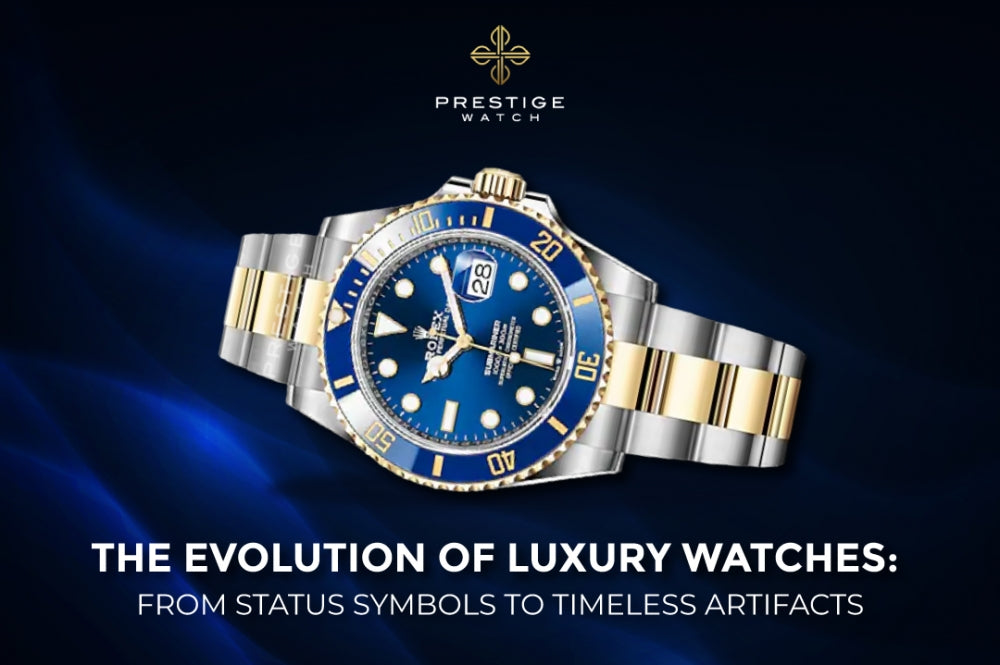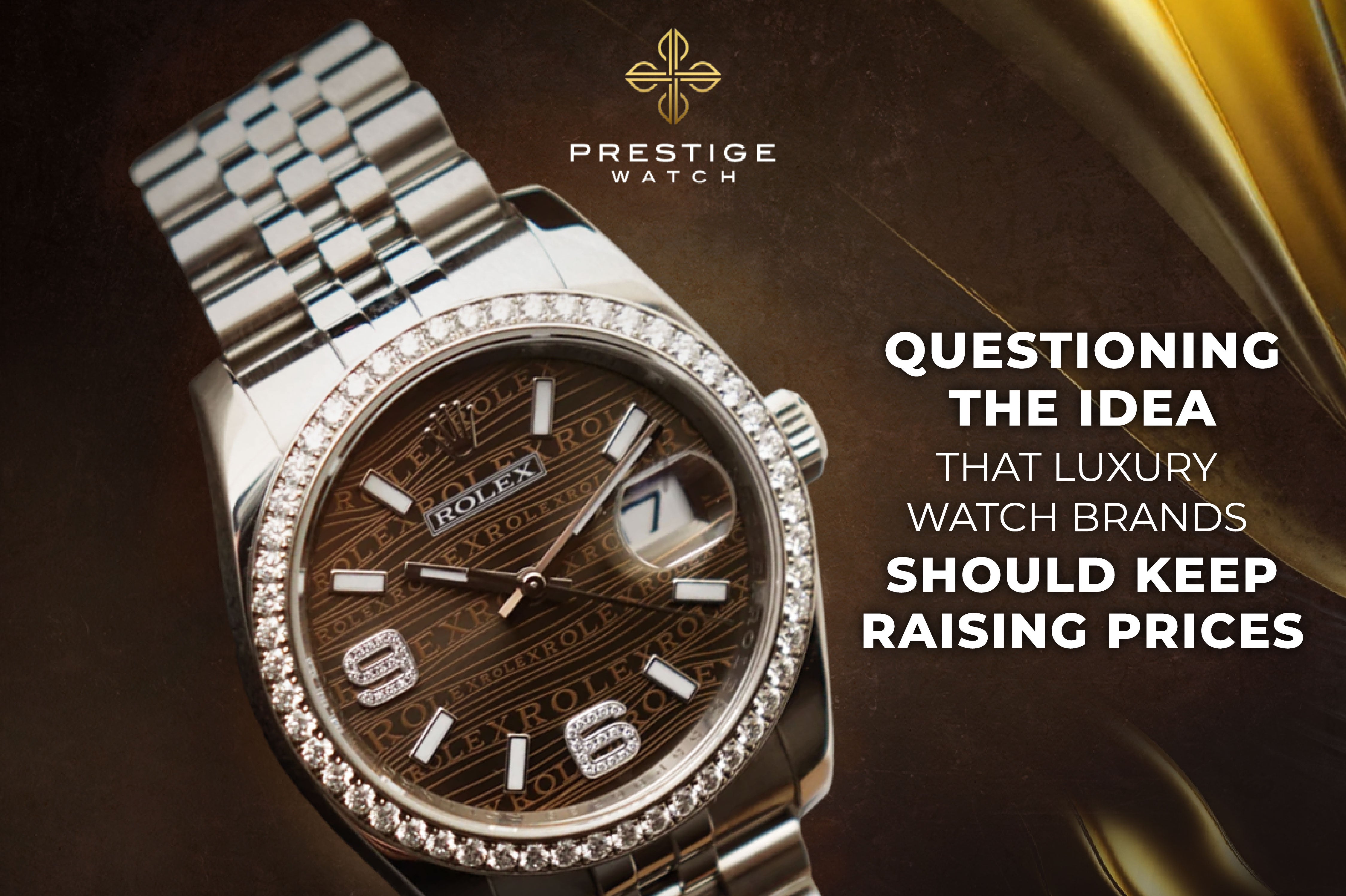Luxury watches have evolved significantly over the centuries, transitioning from mere timekeeping devices to symbols of status and, ultimately, to timeless artifacts celebrated for their artistry and innovation. This evolution mirrors broader changes in technology, society, and culture.
-
Early Days: Status and Functionality
16th-18th Centuries: The Birth of Personal Timekeeping
In the 16th century, portable clocks marked the beginning of luxury watches. These early timepieces, often worn as pendants, were exclusive to royalty and aristocrats. By the 17th century, pocket watches emerged, showcasing intricate designs and precious metals, symbolizing wealth and sophistication.
-
19th Century: Industrial Revolution and Democratization
The Industrial Revolution introduced mass production, making watches more accessible to the middle class. However, luxury watches remained distinct, characterized by superior craftsmanship and the use of precious materials. Brands like Patek Philippe and Vacheron Constantin established themselves during this period as leaders in fine watchmaking.
-
20th Century: Innovation and Diversification
Early 20th Century: Wristwatches and World Wars
The transition from pocket watches to wristwatches in the early 20th century was driven by practicality, especially during World War I. Wristwatches became essential for military personnel, and soon gained popularity among the general public. Innovations like Rolex's waterproof Oyster watch in 1926 highlighted the blend of functionality and luxury.
-
Mid 20th Century: The Quartz Crisis and Mechanical Mastery
The 1970s Quartz Crisis, with the advent of accurate and affordable battery-powered watches, threatened traditional mechanical watchmaking. In response, luxury brands emphasized the artistry of mechanical movements. Icons like Audemars Piguet's Royal Oak underscored the value of craftsmanship and intricate design.
-
21st Century: Artistry and Heritage
Revival and Collectibility
Today, luxury watches are seen as wearable art, investments, and heirlooms. Collectors prize the history, design, and craftsmanship of these timepieces. Limited editions and vintage models command high prices at auctions, highlighting their status as timeless artifacts.
Technological Integration
While traditional mechanical watches remain highly valued, modern innovations have also integrated smart technology, blending classic craftsmanship with contemporary advancements.
From status symbols to timeless artifacts, luxury watches continue to captivate, reflecting the ever-evolving intersection of technology, art, and culture.




